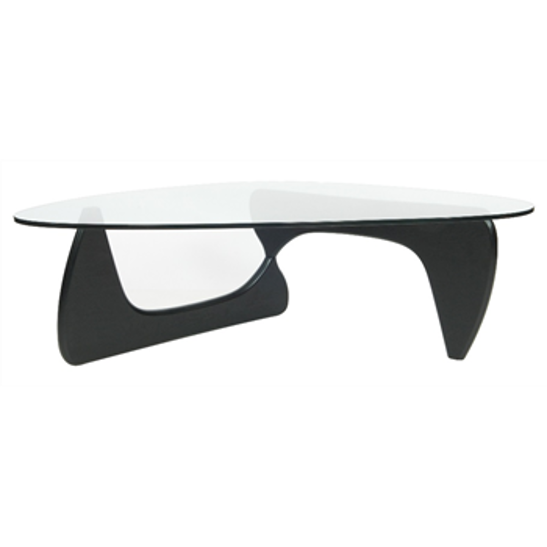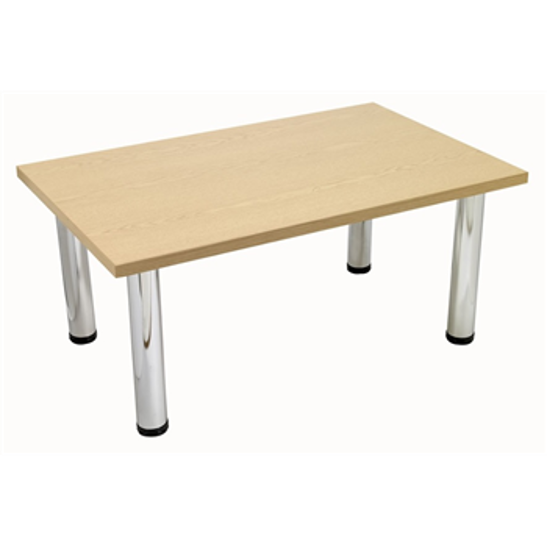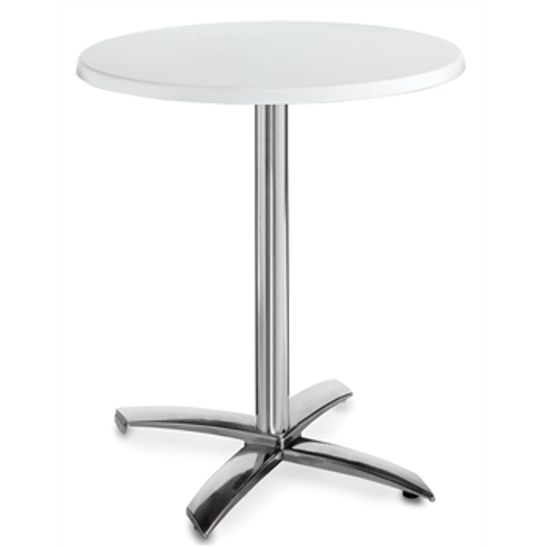When you have to stay up and you have to sleep a compromise is to drink a cup of coffee and go to sleep. After about 15 minutes the caffeine kicks in and wakes you up (hopefully refreshed after your cat-nap).
If you are a regular coffee drinker, the effects of drinking caffeine may be lessened as the body gets used to it. On the other hand, if someone is not used to coffee they may have increased alertness and ability to perform more tedious tasks in the short term. Caffeine may cause headaches and along with chocolate and cheese may be a contributing factor in migraines. Some people find it hard to sleep if they have caffeine too late in the day.
Caffeine has been found to protect the nerve cells that produce dopamine, an essential neurotransmitter. It is thought that the nerve cells that produce dopamine are eroded in Parkinson’s disease, so this is potentially significant. Caffeine is thought to reduce beta-amyloid, a bad protein that may be a contributing factor in Alzheimer’s disease.
It was thought that people who have slower metabolisms might be potentially adversely affected by coffee drinking, but it may be the case that regardless of how quick you metabolize coffee may be beneficial and contribute to greater longevity according to a study published in JAMA Internal Medicine. The list of benefits from coffee is ever-increasing, time will tell, the UK biobank study has looked at over 500,000 people over 3 decades and found that generally, people benefit from drinking coffee and live longer on the most part. For now, it would seem we can enjoy a luxurious coffee and know it may be beneficial to living a longer life.
Coffee has numerous other health benefits
As well as keeping one more alert, especially if drunk at tea break mid-morning, it can act as an antihistamine, painkiller and appetite suppressant so potentially aid weight loss. Athletes who have drunk at least 4 cups of coffee before a workout (the max RDA) have been found to burn more calories.
Chilli made with a cup of coffee for lunch? Top up your coffee with nutritional extras…
Add Magnesium, Manganese, Pantothenic Acid and Riboflavin? You don’t need to! Coffee is a great source of these nutrients.
Coffee is versatile and combines with all sorts of flavours as we see when we go to any café. We can also add extra nutrition with milks be they non dairy or other. Turmeric, chilli, chocolate, macha, cinnamon, mushroom, syrups, fruit and nut purées and all manner of optional extras can boost your coffees nutritional value. Cakes and chilli made from coffee work well too. Why not make a pot of chilli for the office crew and throw in some coffee for some extra kick! Sharing food is super nice for boosting team morale.
Caution!
Bouncing off the walls, palpitations, buzzing uncontrollably, talking nineteen to the dozen? Too much caffeine can raise blood pressure and cause headaches. Many healing compounds are to some extent toxic. Coffee is not an exception. Anything taken in excess can be harmful, there is a fine line between harm and health, heed it and coffee may be a beneficent ally at work.
Coffee has a reputation for aiding conversation and wellbeing
Coffee has long oiled the wheels of conversation and talking may be good for wellbeing. The Queens Lane venue is reputed to be the first coffee house as it opened its doors in early as 1652 in Oxford and is still going! A second one opened in London within the same year and the trend grew. Coffee houses became known as ‘Penny Universities’ and many well-known institutions began life in the coffee houses. Lloyds of London, Sotheby’s, Christies and the London Stock exchange are all thought to have their roots in coffee houses.
How do you like your coffee table?
The coffee tables of the day tended to be more like tables you could sit at or a small high table expressly for setting coffee on. These are the sorts of table that may be beneficial in an office environment and can be found on the for communal tea (or coffee) breaks, or coffee on the go respectively. Conversation may alleviate problems and help us air things before they get out of hand so improving wellbeing. Today we have all manner of coffee tables; at home by the sofa; in waiting rooms set low to conveniently place drinking cups as seen on the coffee tables; higher coffee tables, communal or bar style in cafés and standing coffee tables, low or high tables suitable for the cafeteria or office to suit different needs.
Coffee used to be a barely palatable drink but bitterness is healing
Coffee was not very tasty when it first came to Britain, but the stimulating drink proved addictive. Bitter are linked to an increase in bile production and therefore coffee can aid digestion. In the office it can help to sit around a table and have a cup of coffee after a meal for both digestion and mental stimulation for the work ahead.
Coffee is linked to equality, politics and healthy debate
The history of equality has links with coffee houses. Initially the were places where only men could visit, this was in keeping with the times, there was also a famous women’s revolt (although some argue men wrote it as propaganda for the temperance movement). Coffee Houses were places that could be frequented by highwaymen, politicians, artists, rich and poor alike. Gatherings around the coffee tables invited conversation and debate, men would conduct business and discuss politics. Coffee houses broke down social and economic barriers so much that Charles II tried to ban them in 1675 as a dangerous influence for this and their association with republicanism. In a fight towards justice a public outcry quashed his proposal. Today anyone from any demographic can visit a café, perhaps the act of sitting drinking coffee around a table improved politics and the social future of our society and may continue in this beneficial trend today. There is still some way to
Travel in the Victorian Age heralded the beginnings of the coffee table
The Ottoman Empire and the Victorian lust for travel, brought Europeans and the British to Middle East, where coffee was drunk, and to the Far East, where low tables were (and still are) traditional in Japanese Tea Gardens for Tea Ceremonies. Coffee arrived in Britain during the 1600’s. Early coffee tables may have been tea tables, although coffee was a popular drink in the 17th century, and may have had furniture in the style of tall tables ready to accept the coffee things, tea took over as the popular drink and was served on a low table in front of a sofa it was only in the 19th century that this piece of furniture was rebranded as a coffee table.
A little bit of history repeating in the trend for higher coffee tables
Coffee was popular then tea then coffee tables came into vogue. The idea of the table to go with the ceremony of ‘taking tea’ in the home was well established in the Victorian Age. A small high table was the precursor of the modern coffee table. Perhaps designed so the servants could place the tray and serve from a convenient height. The ‘Coffee Table’ as first designed by E.W. Godwin, made its debut on the British market in1868. Mass production of coffee tables followed and makers such as Collinson, Lock and Watt cashed in on the new craze.This type of table was low. Today we have low coffee tables and high ones to suit different requirements. A low one for soft seated and waiting areas perhaps and higher canteen tables to sit at such as in a cafeteria or communal rest area.
Coffee tables were first written of in 1938 The strange thing about coffee tables, it is believed that the first known written mention of a domestic “Coffee Table” as we know it was by Joseph Aronson in 1938. He described a ‘coffee table’ as a: “Low wide table now used before a sofa or couch.” Like so many pieces of furniture, today we find articles for the home have found a niche in the modern workplace. They may lend themselves to relaxing and conversing and improve wellbeing in the workplace.
Coffee table height may make your table harmful or healthy
Originally coffee tables were twenty-seven inches high. Today this size may vary according to the space. A home or small office coffee table may be 12 to 20 inches high but it is recommended to match the height with your requirements. What constitutes a table at a healthy height may vary. It might be low for a seated waiting area, but around 30-60 inches high for a communal area or even higher for a corner ledge or podium aimed at coffee taken standing on the go. It is important to choose the right ergonomic height as an awkward table will provide issues for posture and comfort during its placement.
Decide the purpose of a coffee table for the workplace
Take into account the space and purpose of your coffee table. Measure the area you want to place your table in and make sure it is ergonomically designed for use with plenty of room to walk around it. Decide if the table is for decoration, or if for use, does it need to be a storage piece? This can be really handy and make good use of an otherwise decorative item of furniture.
The Noguchi style coffee table: is low and Stylish for a refined space
Tempered glass and a light oak or black base. Minimal, clean and sophisticated.

Delivery takes 1-2 weeks and the product comes with a 2-year guarantee
Noguchi Style Coffee Table Description
This Noguchi Style Coffee Table will bring a touch of class to any reception area or breakout space. It is a design that fits around other furnishings as it is compact and unassuming to look at. The 12mm tempered glass top with a rounded triangular shape and a light oak or black base showcase a balance between style and practicality. The table is 400mm in height with a 12mm durable tempered glass top and will blend into large or small spaces equally with ease.
- 400mm in Height
- Ageless Design
- Light Oak or Black Base
- 2 Year Manufacturer's Guarantee
The Pisa Rectangular table: is great for break out areas
1300mm x 1600mm, the perfect height for popping a coffee down while you relax with colleagues, it will complement your office

Light Oak Rectangular Coffee Table
With a smart light oak finish and a choice of legs to set off the tabletop, this table is strong, practical and a good economic choice.
- Light Oak Rectangular Coffee Table
- 900mm x 580mm with a 25mmTop
- Light Oak Finish
- Silver or Chrome Leg choice
- 1 Year Manufacturer's Guarantee
Round Flip-Top White Coffee Tables: are super for small offices
Clean crisp white is the most popular colour in all office furniture choices. White can blend with other colours and gives a feeling of neatness and order. Add in a round flip top for a stylish modern pop up coffee table in a small space. Flip-Top Round Cafe Tables

Flip top round coffee tables
This table is neat and easy to store or move round the office as needed. It has a durable resin top in a choice of white or black which is smart, seamless and easy to keep clean. In a very small office, these tables can even be kept outside when not in use as they are waterproof.
- Flip-Top
- Nesting Design
- Easy to store
- A choice of Black or White
- Resin Circular Top
- Lightweight so easy to move
- Elegant Aluminium Frame
- Indoor and Outdoor Use
- 3 Year Manufacturer's Guarantee